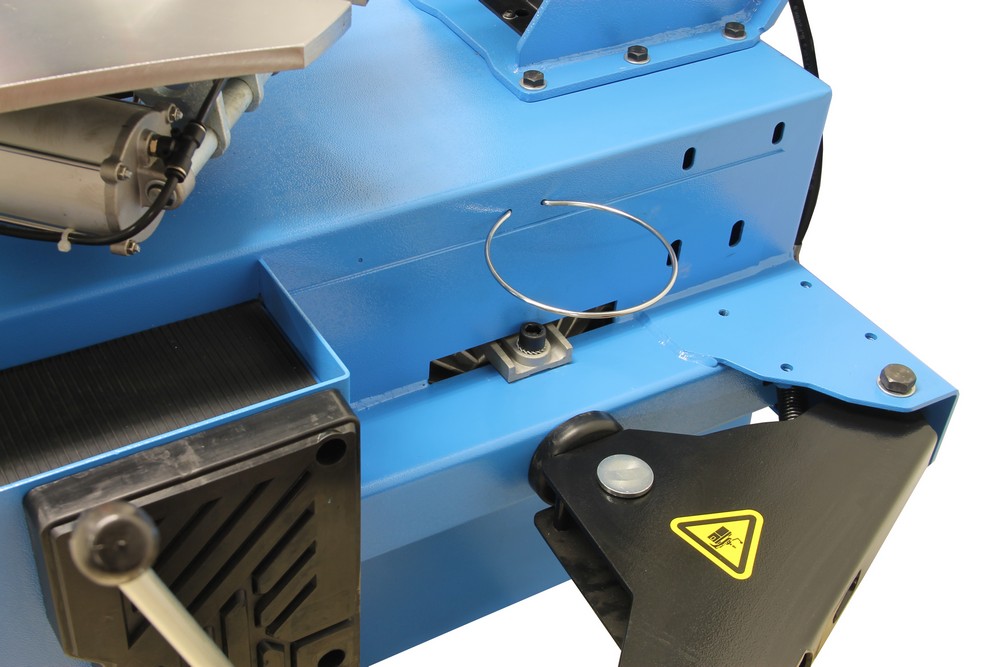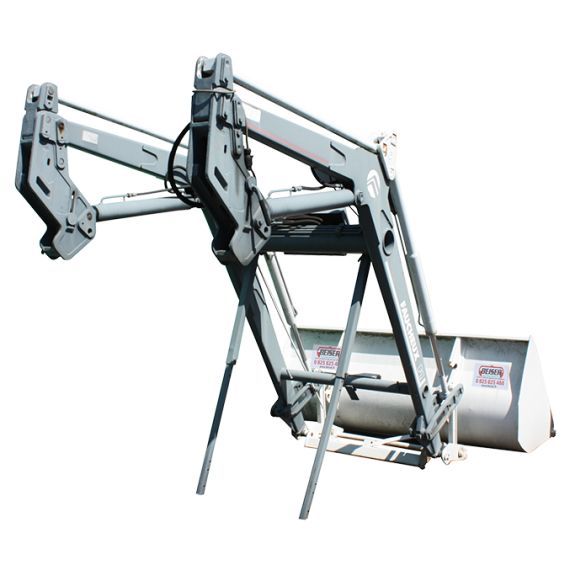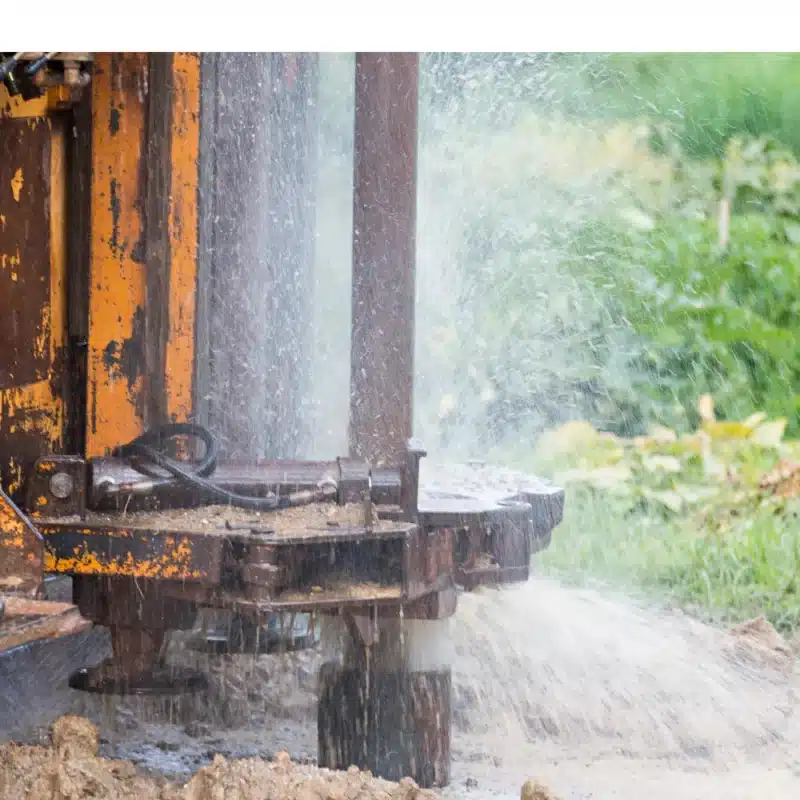An all-in-one guide containing everything there is to know about woodworking hand tools. Whether you are a beginner with an idea in mind—and not a clue where to start —or an old . Do not wear bulky gloves to operate hand tools. Do not carry tools in a way that interferes with using both hands on a ladder, while climbing on a structure, or when doing any hazardous work. If working on a ladder or scaffol tools should be raised and .

Which woodworking hand tools do you need to get started in traditional woodworking? Unlike panel saws, “back saws” are used for fine accurate work when making wooden joints (like dovetail joints). Its Get Woodworking Week and time to think about the things that encourage others to get started with woodworking. I think working with hand tools can be a great place and a terrible place to start. To walk this fine line and land on the happy side of it, one needs to be VERY specific about what they are building and have a . Short video showing how I use hand tools in some of my woodworking projects.
In fact, an estimated percent of all workplace compensable injuries are caused by incidents associated with hand tools. Proper steps and procedures should be followed when operating a hand tool , e.

The online training offered by Caterpillar can give you insights into the safe and correct use of light and heavy duty hand tools. See our resources for choosing and working safely with hand tools. Outdoor tools such as garden forks, pruning shears, and rakes are additional forms of hand tools.
Do not carry sharp or pointed hand tools such as probes or knives in your pocket unless the tool or your pocket is sheathed. Clamp small work pieces in the vise and chip towards the stationary jaw when you are working with a chisel. These injuries can be reduced if users choose the right tool for the job. Hand Tool Safety Rules. Poetic reflection on days spent ripping boards by hand is unlikely to soothe the customer whose boat stands weeks behind schedule.
But for the amateur working for insight into the process as much as completion of the project,. Always keep your tools in good condition. A dull blade or blunt point can lead to injury. Store tools properly when you stop work. Following these precautions can prevent injuries and provide a safer workplace!
Wrenches, pliers, screwdrivers and other hand tools are often underrated as sources of potential danger. Everyday low prices and free delivery on eligible orders. Does this topic relate to the work the crew is doing?
If not, choose another topic.

Did you read this Training Guide and fill in the blanks where the Pencil Icon appears? To find the information you nee look over the Safety Walkaround Checklist for this topic. From identifying and holding tools properly to . Employees and employers should work together to establish safe working procedures.
If a hazardous situation is encountere it should be brought immediately to the attention of the proper individual for hazard abatement. The following sections identify various types of hand and power tools and their potential hazards. The wide variety of hand and portable power tools available on the market today allow us to perform more tasks more efficiently.
Keep all tools in good . However, if used improperly, hand and power tools can cause injury. Use protective equipment and follow proper work practices in order to operate hand and power tools safely. The editors of Popular Woodworking Magazine have used their decades of collective experience building this library of hand tool techniques that all woodworkers can use in the shop, and also offer their expert advice . We stock everything from hand saws for ripping, crosscutting and . Answer to When working with hand tools , always ______.
Free 2-day shipping on qualified orders over $35.





